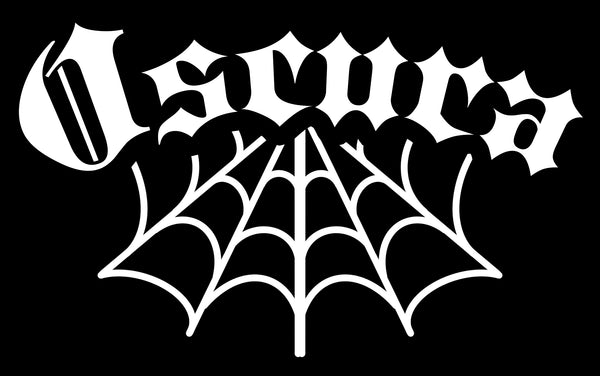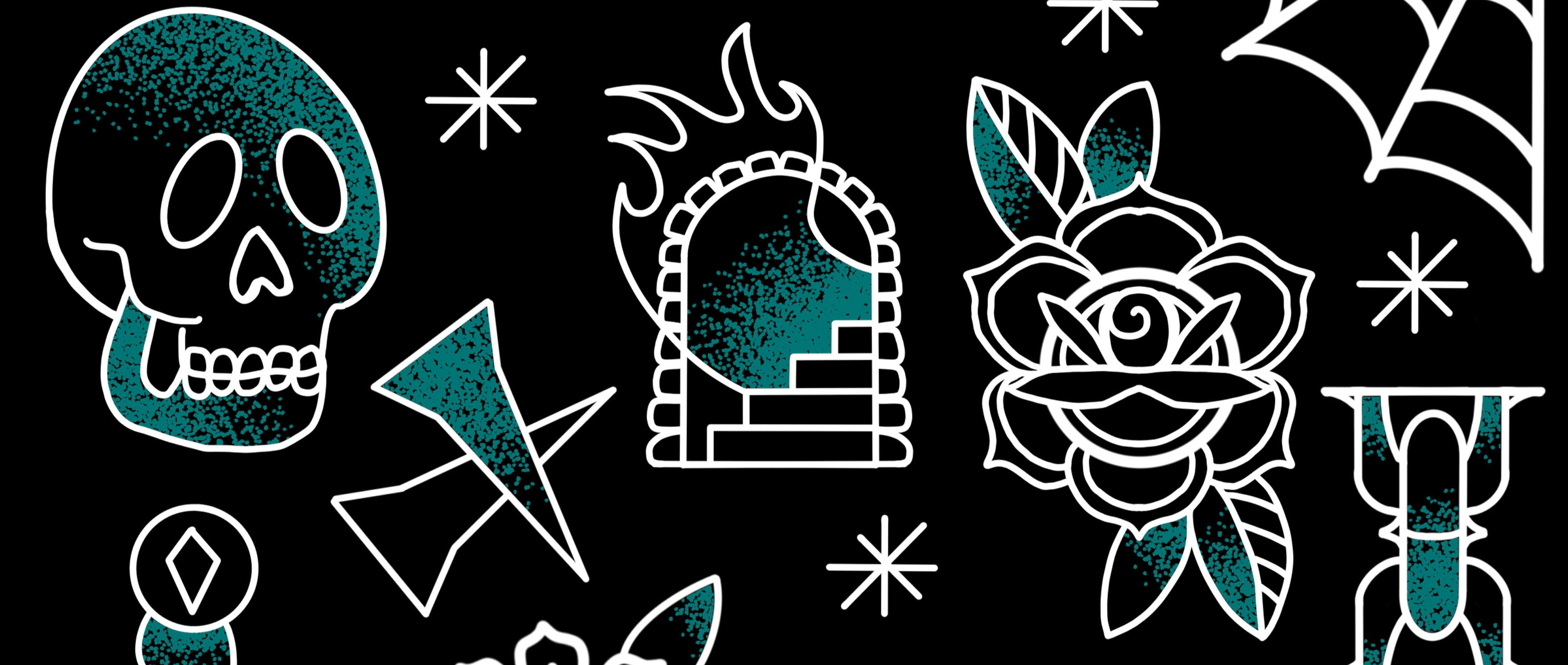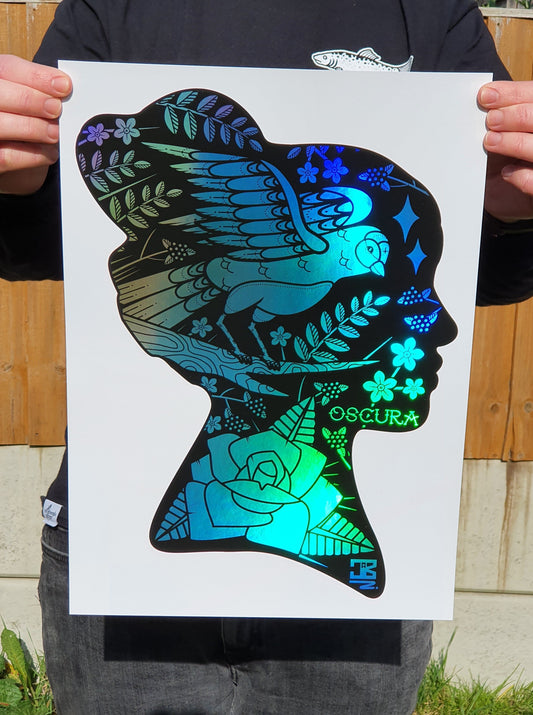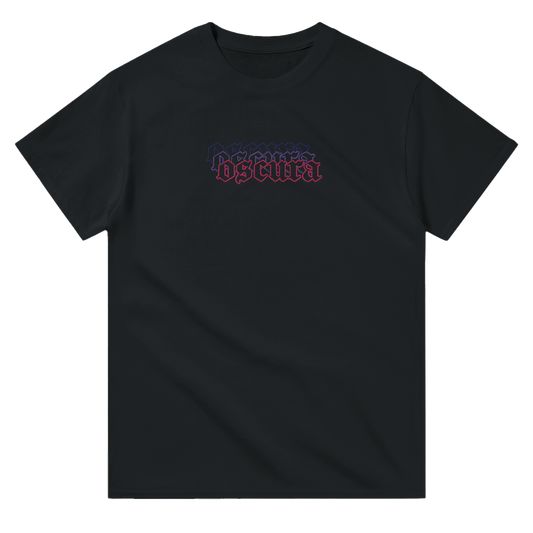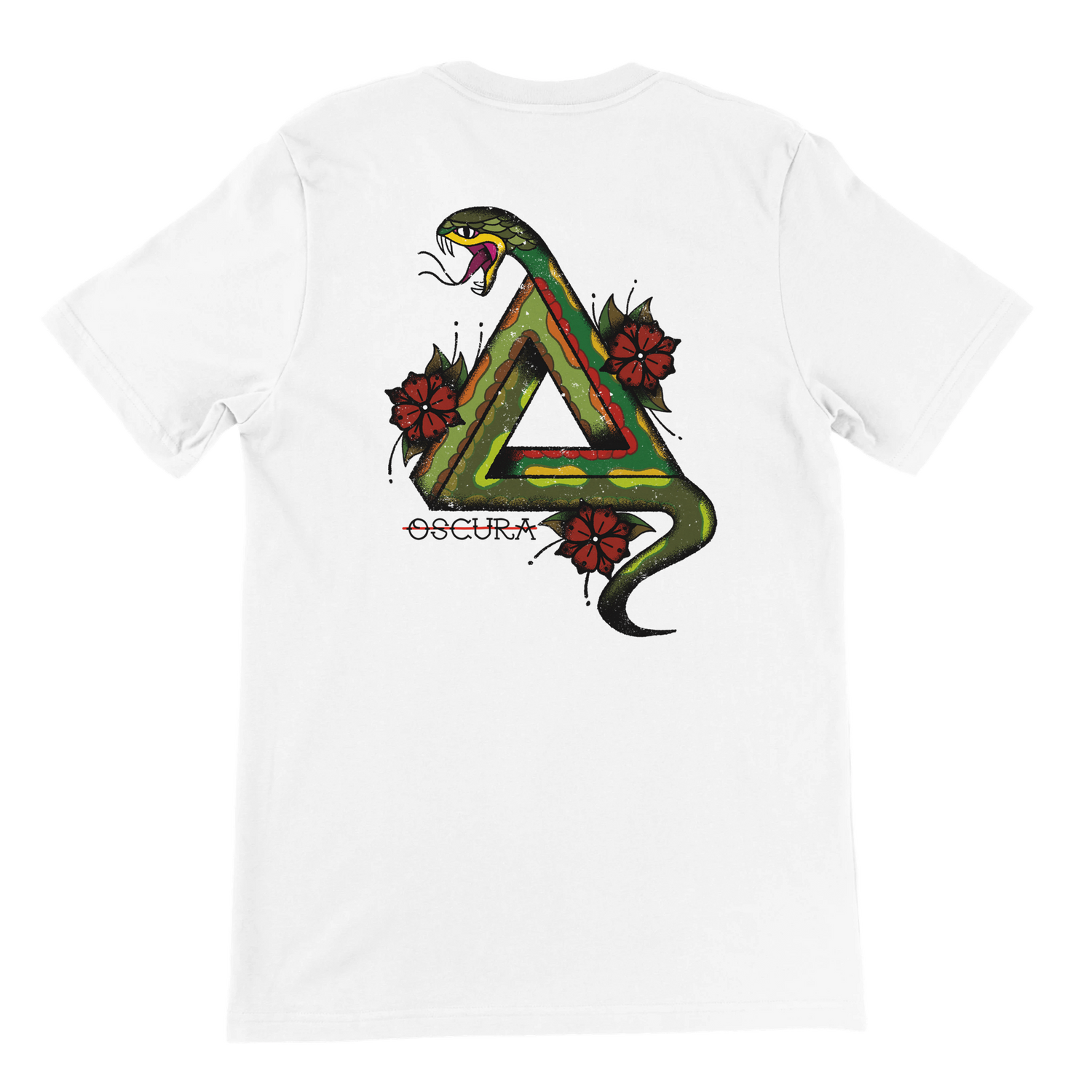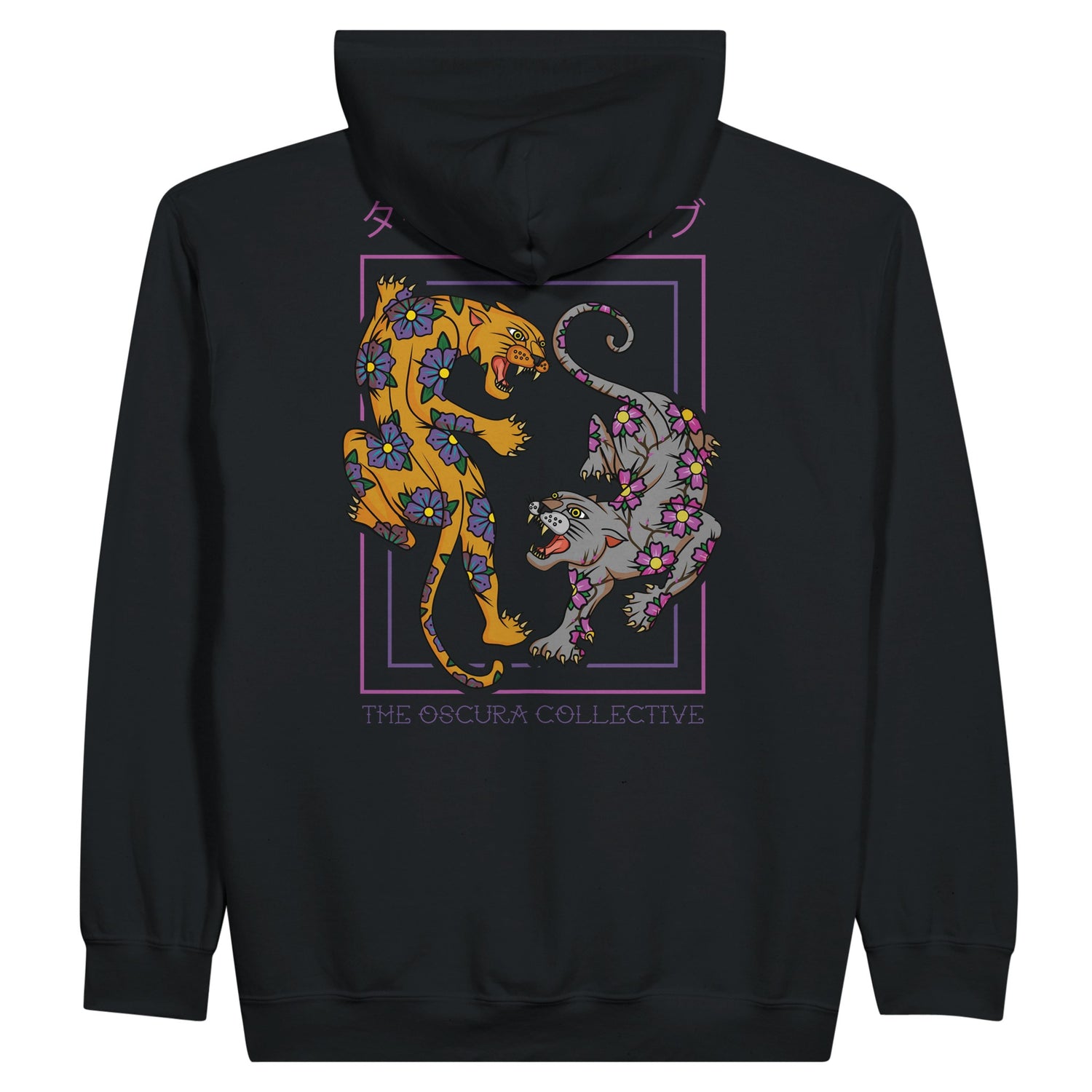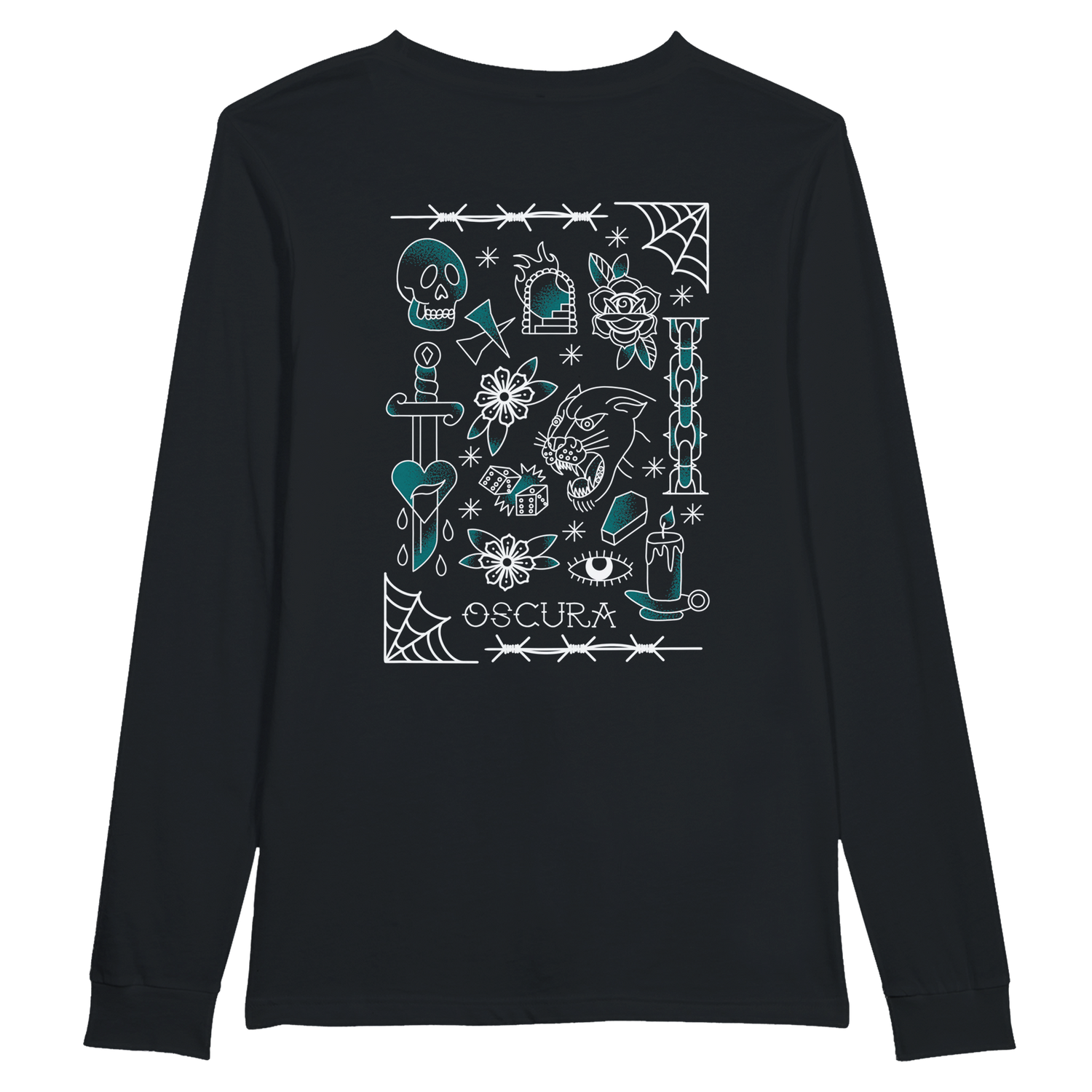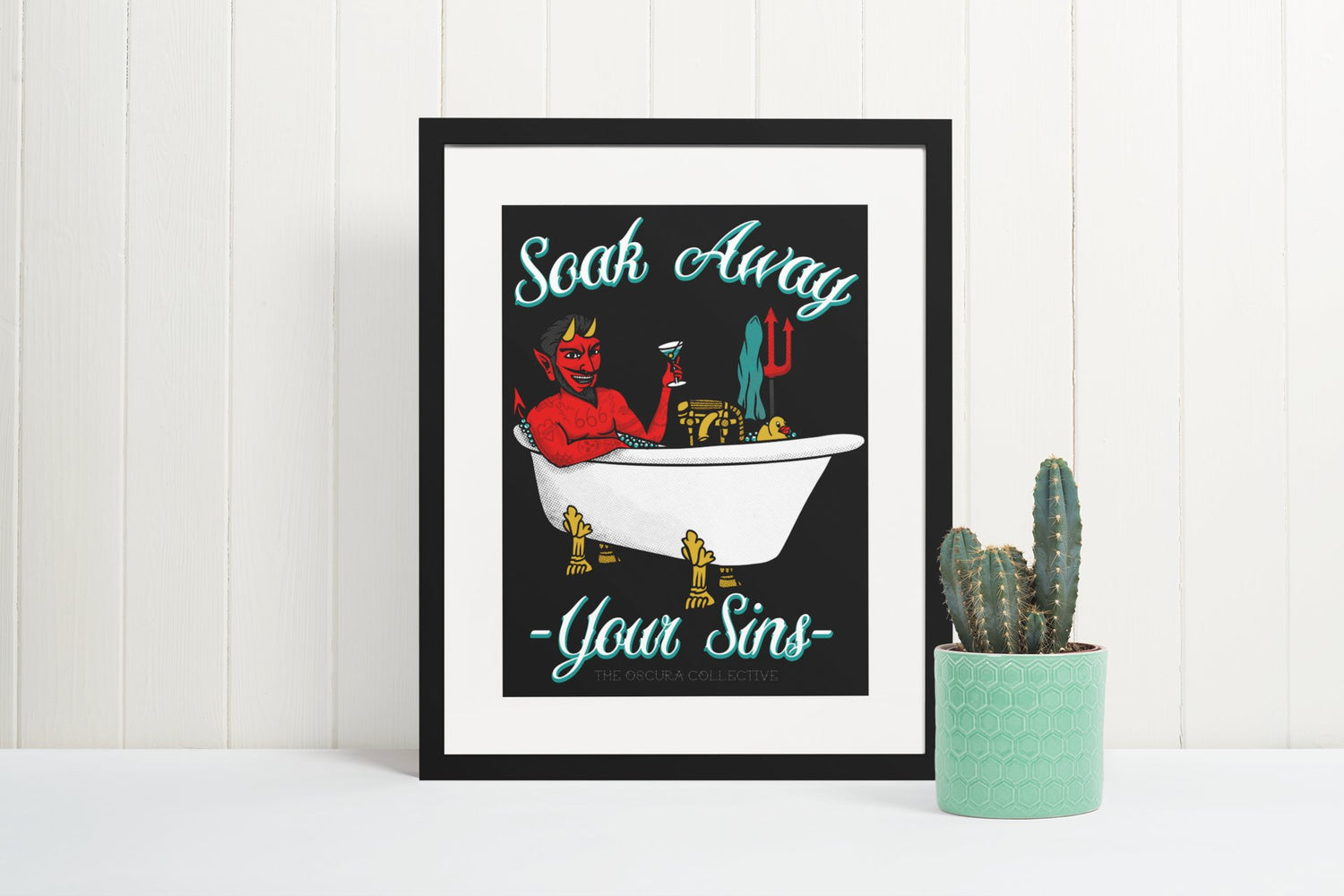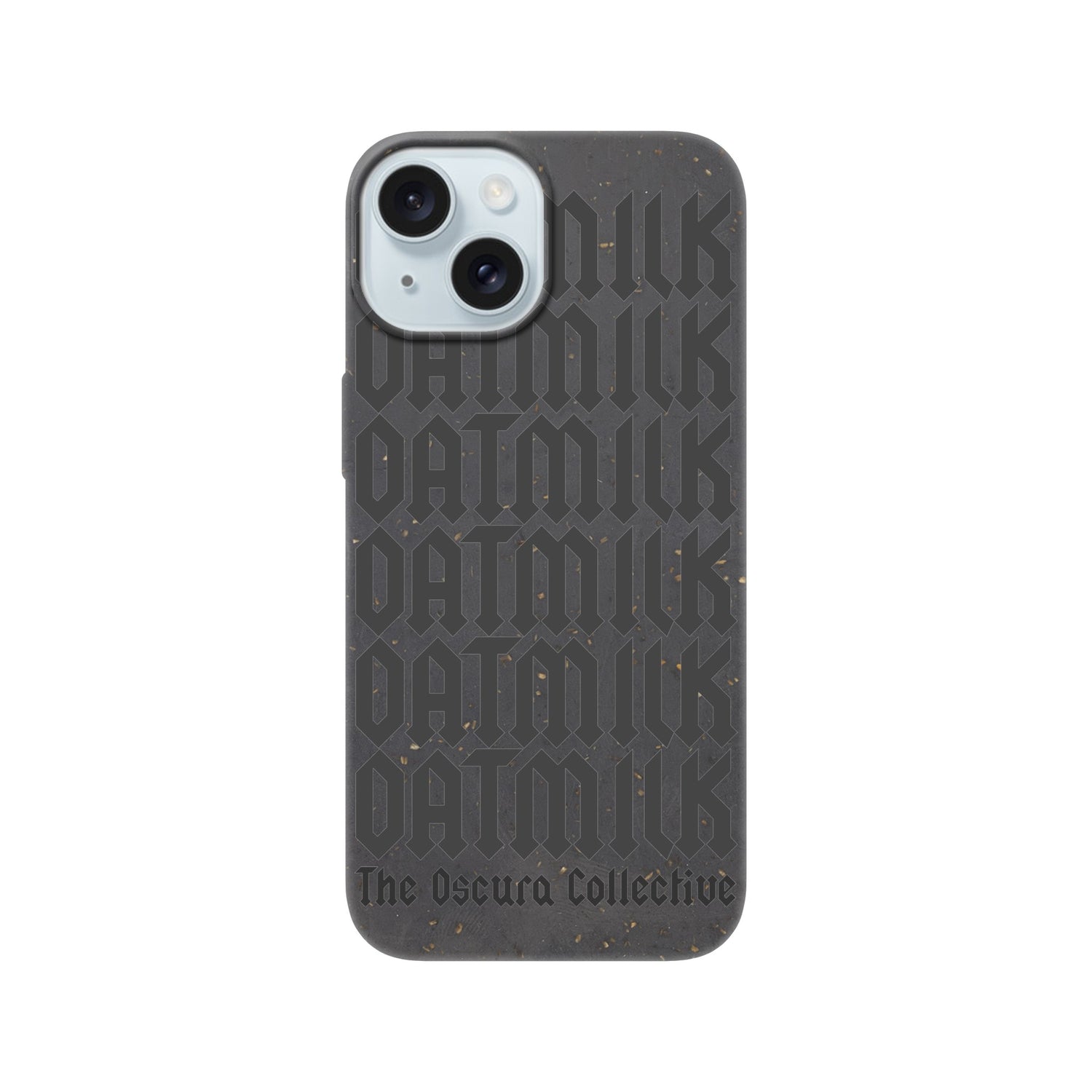The Evolution of Alternative Fashion: From Subculture to Mainstream
Alternative fashion has always been about more than just clothing; it’s a lifestyle, a statement, and a powerful form of self-expression. From the dark, moody vibes of goth to the rebellious energy of punk, alternative fashion has carved out a unique space in the fashion world. Today, we’re diving deep into the history and evolution of alternative fashion, tracing its journey from underground subcultures to a significant influence on mainstream fashion.
The Birth of Alternative Fashion: A Rebellion Against the Norm
The origins of alternative fashion can be traced back to various subcultures that emerged in the mid-20th century as a form of rebellion against societal norms. These subcultures sought to challenge the status quo and express individuality through distinctive clothing, music, and attitudes. Here are some key moments that shaped the early days of alternative fashion:
-
1950s - Beatniks and Rockers: The Beatniks, with their love for poetry, jazz, and existentialism, favored simple, dark clothing, often accessorized with berets and turtlenecks. Around the same time, the Rockers donned leather jackets, jeans, and boots, setting the stage for the punk and biker aesthetics that would follow.
-
1960s - Hippies and Mods: The 1960s saw the rise of the hippie movement, with its bohemian style, flowing fabrics, and love for tie-dye. The Mods, on the other hand, embraced sharp suits, mini skirts, and a clean-cut look, laying the foundation for what would become the new wave fashion of the 1980s.
-
1970s - Punk Revolution: Perhaps one of the most significant moments in alternative fashion history, the punk movement of the 1970s introduced a raw, DIY aesthetic. With torn clothing, safety pins, and bold prints, punk fashion was a direct challenge to the polished looks of the mainstream.

The 1980s and 1990s: A Diverse Explosion of Subcultures
As we moved into the 1980s and 1990s, alternative fashion continued to evolve, with new subcultures emerging and influencing the scene.
-
1980s - Goth and New Wave: The 1980s saw the rise of goth fashion, heavily influenced by bands like Bauhaus and The Cure. Characterized by dark, dramatic clothing, lace, velvet, and a penchant for Victorian and Edwardian styles, goth fashion became synonymous with a love for the macabre and the mysterious. Meanwhile, new wave fashion took the sharp, mod-inspired silhouettes and infused them with bright colors, synthetic fabrics, and an avant-garde edge.
-
1990s - Grunge and Cyber: The 1990s introduced grunge fashion, inspired by the Seattle music scene and bands like Nirvana and Pearl Jam. Flannel shirts, ripped jeans, and combat boots became the uniform of choice for those embracing the laid-back, anti-establishment ethos of the grunge movement. Around the same time, the rave scene gave birth to cyber fashion, with its neon colors, synthetic materials, and futuristic influences.

Alternative Fashion Today: A Blend of Old and New

Fast forward to today, and alternative fashion is more diverse than ever. The boundaries between subcultures have blurred, leading to a rich tapestry of styles that borrow elements from goth, punk, grunge, and beyond. Here’s how alternative fashion has continued to evolve in recent years:
-
Mainstream Influence: What was once considered “alternative” has now found its way into mainstream fashion. From high-fashion runways to popular retail stores, elements of goth, punk, and grunge have been reimagined and repurposed, reaching a broader audience than ever before.
-
Sustainability and DIY: In response to the growing awareness of environmental issues, many within the alternative fashion community have embraced sustainability. Thrifting, upcycling, and DIY projects have become popular ways to create unique, eco-friendly looks that stand out from the crowd.
-
Inclusivity and Diversity: Today’s alternative fashion scene is more inclusive and diverse than ever, celebrating all body types, genders, and ethnicities. This shift has led to a more vibrant and welcoming community, where everyone can express themselves freely.

The Future of Alternative Fashion: What’s Next?
As we look to the future, it’s clear that alternative fashion will continue to evolve, reflecting changes in society, technology, and culture. The rise of digital fashion and virtual influencers is already starting to reshape the way we think about clothing and self-expression. Meanwhile, the growing emphasis on sustainability and ethical fashion practices will likely continue to shape the industry in exciting new ways.
In the end, alternative fashion is about more than just the clothes we wear. It’s about challenging norms, expressing individuality, and creating a space where everyone can feel free to be themselves. As The Oscura Collective, we’re proud to be part of this ever-evolving community, and we can’t wait to see what the future holds for alternative fashion!
Stay tuned to our blog for more insights, styling tips, and the latest in alternative fashion. And don’t forget to check out our latest collection, where we blend the best of the past with a fresh, modern twist.
Until next time, keep it dark and keep it daring!


